|
Although you have probably tried many butternut, delicata, and spaghetti squash recipes, you likely haven't tried this winter squash variety yet. Kuri squash is by far my favorite choice for soups because it delivers this beautiful bright orange, creamy soup, that other squash varieties just can't meet. Plus, this soup is rich in fiber and polyphenols because you can eat the peel of the squash unlike many other squash varieties. You can find Kuri Squash at your local grocery store or Farmer's Market. Kuri squash also tastes great as an alternative for pumpkin pie. Since this soup is low in protein, I highly recommend pairing it with a protein rich food. For example a salad topped with grilled chicken breast or burger patty, a tuna sandwich, or simply cut in some leftover cooked protein when reheating a serving.
Coconut Ginger Red Kuri Soup INGREDIENTS 1 small Red Kuri squash 1 medium yellow onion 1 medium apple 2 inches ginger root 4 cloves garlic 1 tablespoon olive oil 1/4 teaspoon sea salt 1 can organic coconut milk 2 teaspoons Better than Bouillon Organic Vegetable paste Juice of 1/2 to 1 lemon Fresh ground pepper to taste Optional: chili flakes DIRECTIONS Cut the kuri squash in half and remove the seeds. Then cut into quarters. Steam the squash in a steamer basket over medium heat until tender when pierced with a fork, about 15-20 minutes. Allow to cool enough to handle. Chop into chunks. Meanwhile, prepare the remaining ingredients. Peel the onion and dice. Chop the apple into chunks, leaving the skin on. Peel and dice the ginger root and garlic cloves. In a large soup pot, heat olive oil over medium heat. Once hot add the prepared veggies, reduce heat to medium low, stir in 1/4 teaspoon sea salt, and saute until onions are glassy. Then pour in the can of coconut milk. Fill up the empty can of coconut milk with water and add that to the veggies as well. Add the Better than Bouillon, and add the coarsely chopped kuri squash and stir to combine. Increase heat to medium high and bring the soup to a simmer. Reduce heat to medium low and simmer for ~10 minutes. Then remove from heat and puree with an immersion blender. Add fresh ground pepper and lemon juice to taste, starting with the juice of 1/2 lemon and increasing to taste. Season with additional salt and chili flakes if desired.
0 Comments
Homemade Applesauce with a Special Twist
Most people peel their apples when making applesauce to keep the texture nice and smooth. But in the process they are discarding the most nutritious part! The apple peel is rich in gut loving and anti-inflammatory polyphenols including well known quercetin. Quercetin is most well known for inhibiting the production and release of histamine, thereby reducing the severity of seasonal allergies and other histamine related symptoms. The peel is also an excellent source of pectin a soluble fiber which can soothe the GI tract and can be especially helpful when struggling with diarrhea. Pectin is also fermented by good gut microbes and therefore helps support a healthy and diverse gut microbiome. Since we are keeping the peel on for this applesauce, it becomes increasingly important to choose ORGANIC apples, as conventional apples are highly sprayed with pesticides. And to help improve texture of applesauce, I recommend grating the apple peels instead of just coarsely chopping the apples. Although this is an extra step, it allows the apple peel to easily dissolve during the cooking process, leaving the texture more smooth. With the addition of the skin, and the increase in polyphenols and pectin, the applesauce is pinker in color and is thicker in texture. However, apples are rich in fructose and sorbitol, two kinds of sugars that are considered FODMAPs. If you don't tolerate either of these well, then applesauce (and apples) may trigger uncomfortable digestive symptoms until the underlying cause is addressed, such as SIBO (small intestinal bacterial overgrowth), which can lead to fructose malabsorption. Some people unfortunately, struggle with hereditary fructose intolerance, and will have to limit fructose entirely to avoid uncomfortable symptoms. Applesauce INGREDIENTS Organic apples Filtered water Lemon juice Spices (fresh ginger root, cinnamon, vanilla, etc) Sea salt Sweetener of choice (optional) - depending on the type of apple you may need more of less DIRECTIONS Wash your apples and grate the peels. Cut out the core and dice up the remaining apple flesh. Add the grated peels, apple bits, water, lemon juice, and your choice of spices to a large pot, cover, and bring to a simmer. Simmer until tender, about 15-20 minutes depending on the size of the chunks. Remove lid, and mash with a potato masher or whisk, stir in salt, and optional sweetener to taste. You may continue to simmer uncovered for a couple of minutes to evaporate excess water if needed until desired texture is achieved. Transfer to a sealable glass jar and enjoy. I love it with Nancy’s whole milk yogurt or cottage cheese. Show me your applesauce making skills!! Spaghetti bolognese is the ultimate comfort food for me. It is uncomplicated and delicious. However, if you struggle with digestive issues and can't tolerate garlic and onion (hello fructans), well then, spaghetti quickly becomes a "no go". But wait....what if you don't have to give it up? Well, then you can have the best of both worlds, no bloat and a bowl full of delicious spaghetti.
This LOW FODMAP SPAGHETTI BOLOGNESE is just that. Plus, NO complicated ingredients or online purchases necessary. My favorite pasta is hands down Jovial spaghetti, the texture and the taste is perfection! My other highly recommended staple is Organico Bello Imported Italian Passata (strained tomatoes). The sauce is smooth and creamy and only contains tomatoes and salt. It's also an excellent source of potassium which I find many of my patients are NOT getting enough of. If you want to use low FODMAP garlic infused olive oil you can, but honestly I NEVER use it. I prefer to stick with a quality extra virgin olive oil with robust flavor to really make this dish shine. If you toss your noodles in the olive oil before serving it adds even more flavor and aroma. Plus, you get all those healthy, gut friendly polyphenols to boost! I usually add a splash of red wine to my bolognese sauce, but you don't have to. Just add a little bit of balsamic vinegar instead (don't use the super sweet concentrated kind). If you don't have any issues with FODMAPs of course you can feel free to add garlic and onions to this recipe along with the dried herbs. Really all you need is 1-2 cloves of minced garlic and 1/2 chopped yellow onion. Many people think they need to go overboard with these two ingredients, but often more is not always better, AND someone who is sensitive to FODMAPs may still be able to tolerate the small amount of fructans per serving if you take it easy. Easy Low FODMAP Spaghetti Bolognese INGREDIENTS 1 package Jovial gluten-free spaghetti (or your favorite alternative) 1 tablespoon robust extra virgin olive oil (plus more to toss with your noodles) 1lb grass-fed ground beef (1 prefer 80-85% lean for bolognese because it provides additional flavor) 1 teaspoon each dried oregano, marjoram, and thyme 1 bay leaf 3/4 teaspoon sea salt Fresh ground pepper 1 jar Organico Bello Imported Italian Passata 1 tablespoon balsamic vinegar (or a splash of red wine) 1 tablespoon sugar Optional: chili flakes, fresh basil, and/or grated pecorino cheese DIRECTIONS Bring a large pot of water to a boil. Add salt and cook pasta per package instructions. Rinse and toss in extra virgin olive oil before serving if desired. Meanwhile, heat a large skillet over medium low heat. Add the olive oil and evenly cast the bottom of the pan. Add the grass-fed ground beef, and sauté for 2 minutes, breaking up the beef with a spatula. Add in the desired herbs and bay leaf, and continue to sauté until cooked through and aromatic. Add salt and fresh ground pepper. Pour in the entire jar or strained tomatoes, and stir well to combine. then add the balsamic vinegar (or splash of red wine) and sugar. Stir and allow to simmer 5-10 minutes for the flavors to blend. Adjust salt and pepper to taste and add a pinch of chili flakes if desired. Serve over pasta and top with freshly chopped basil and pecorino cheese. |
RecipesI hope you enjoy my creative, flavorful, and nutrient dense approach to whole foods cooking. All recipes are gluten free. Archives
December 2022
Categories
All
|
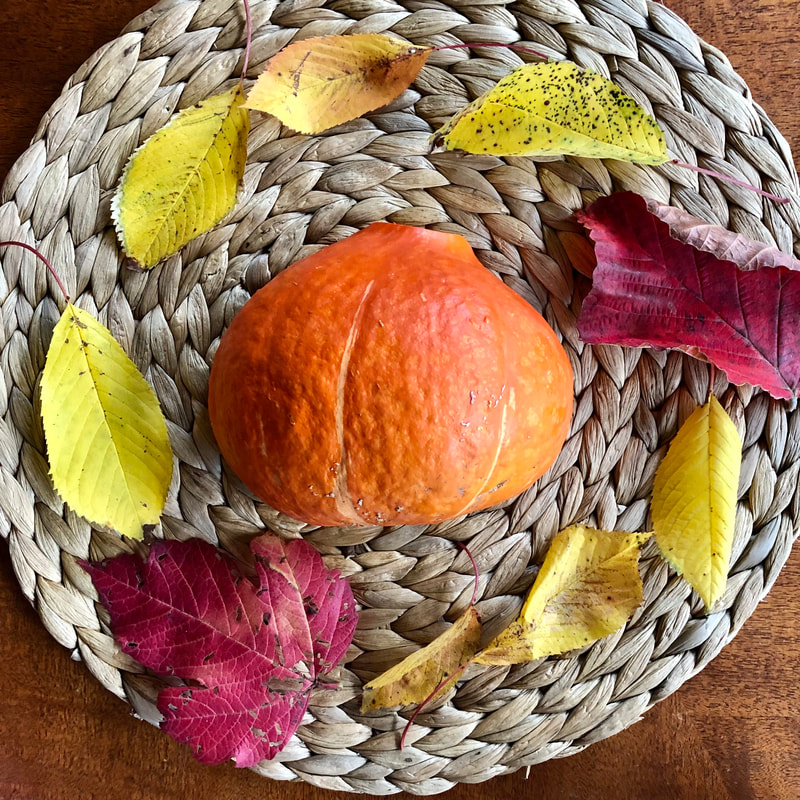

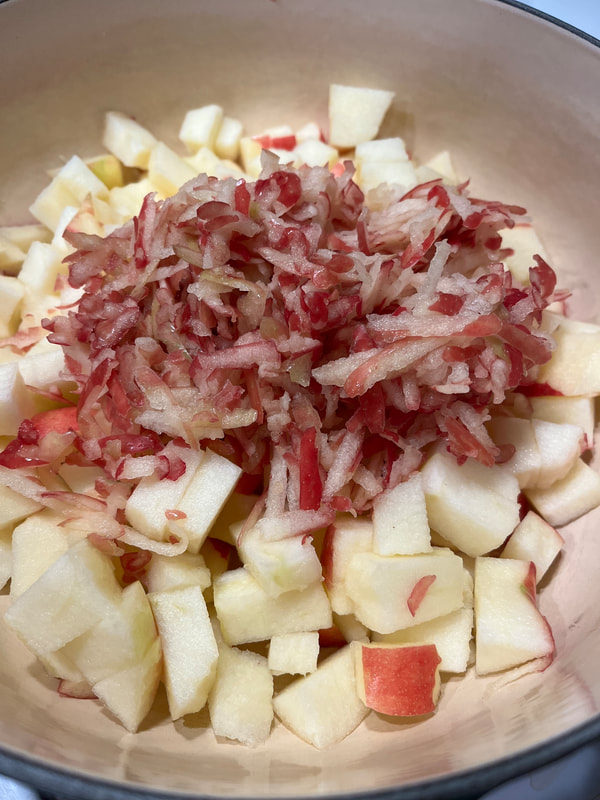
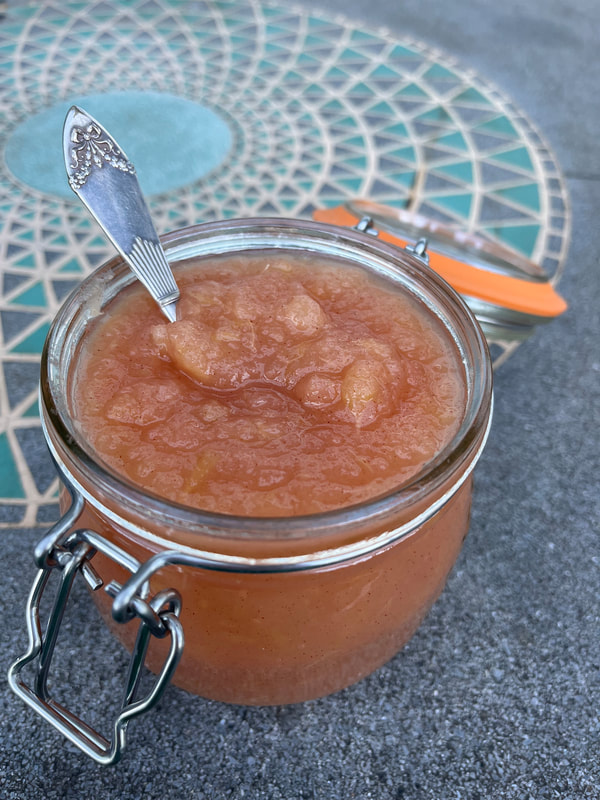
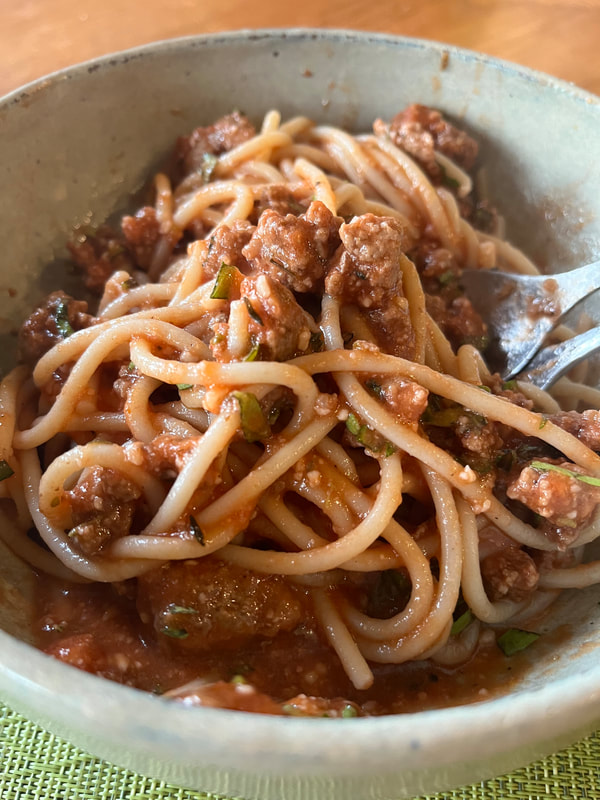
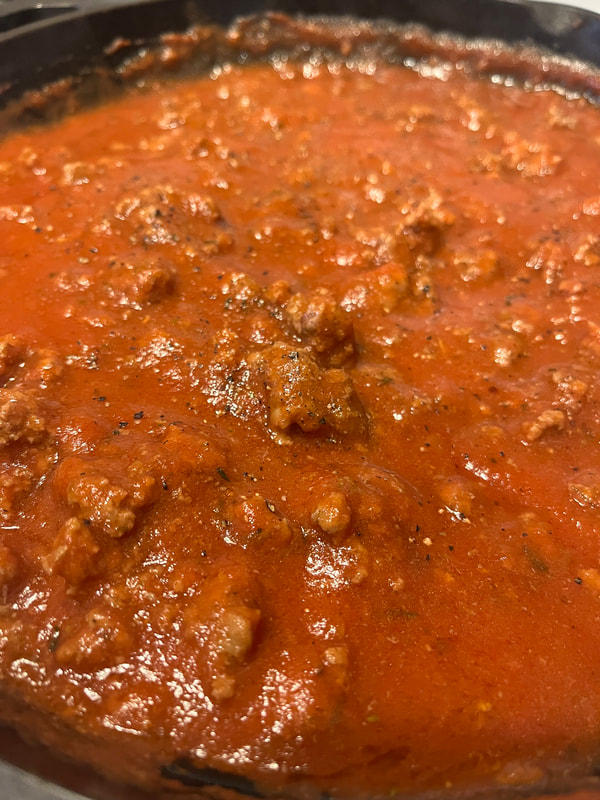
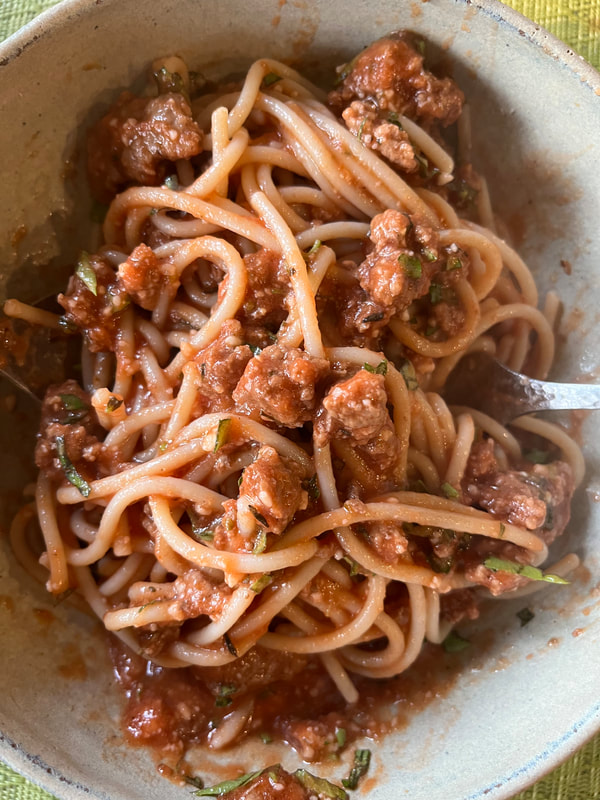
 RSS Feed
RSS Feed


